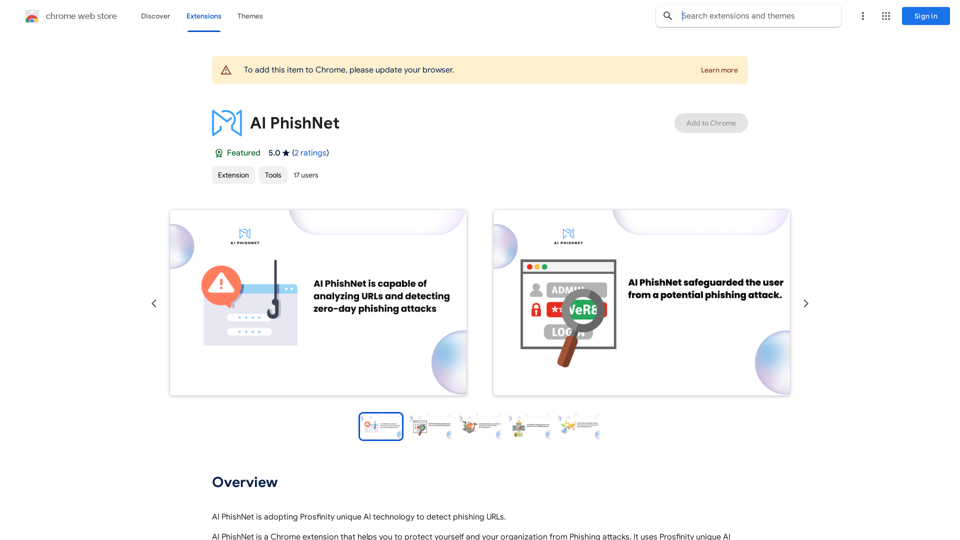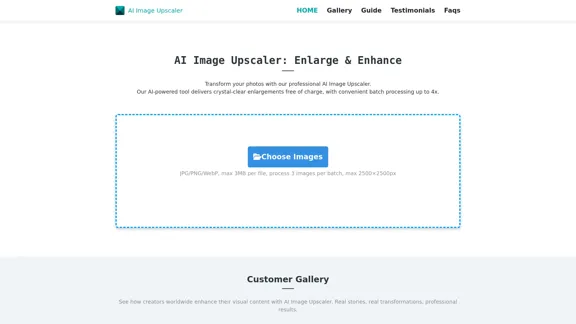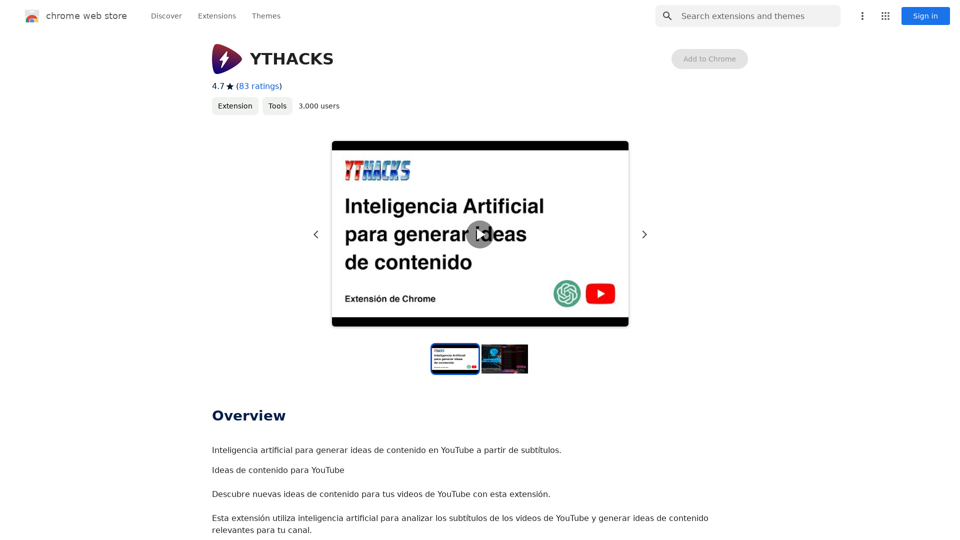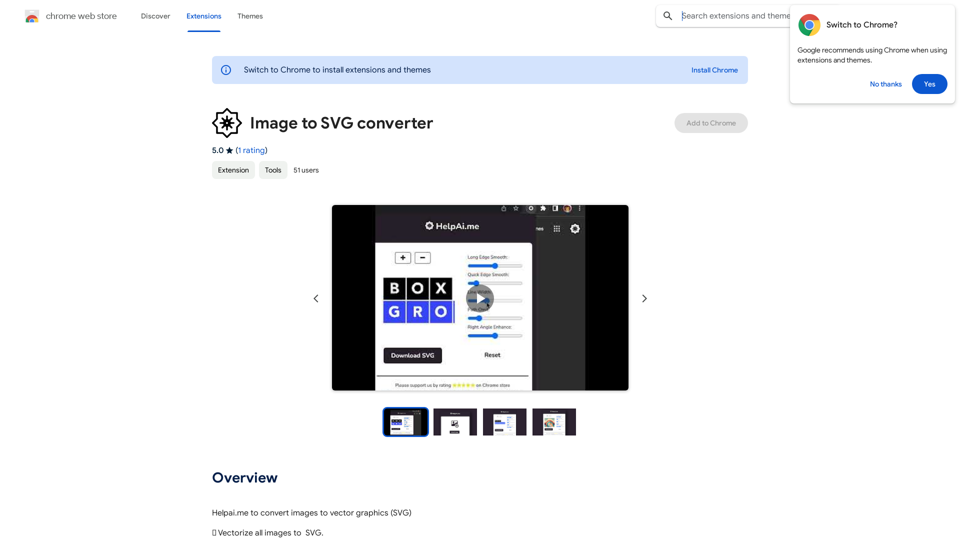DreamStudio is an AI-powered image generation platform developed by Stability AI. It offers users the ability to create, edit, and style images using advanced artificial intelligence technology. The platform caters to both creative professionals and enthusiasts, providing a user-friendly interface for exploring AI-generated art and imagery. With features like image generation from text prompts, image editing, style application, and customizable settings, DreamStudio empowers users to create unique, high-quality visuals quickly and efficiently.
DreamStudio
DreamStudio is an AI-powered image generation platform developed by Stability AI
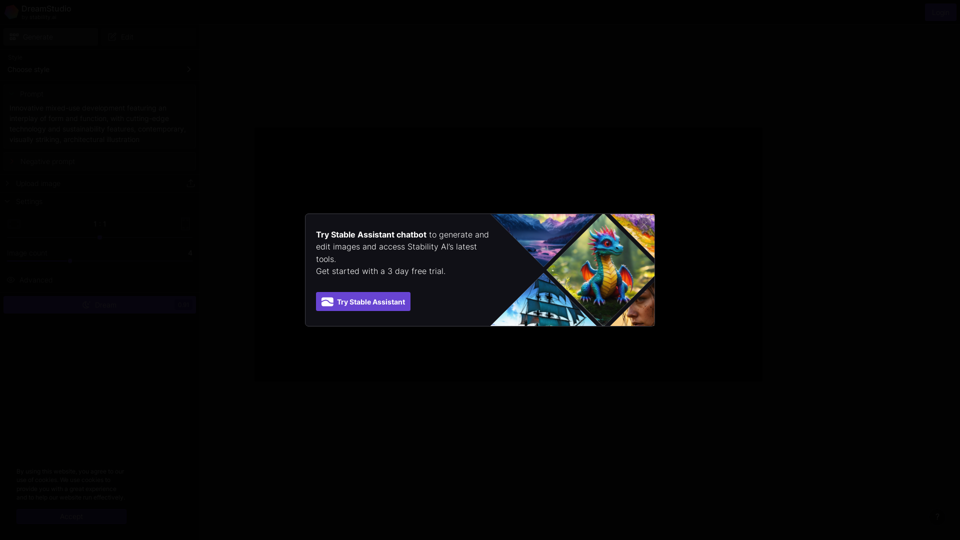
Introduction
Feature
Image Generation and Editing
- Generate unique images from text prompts
- Modify existing images using AI tools
- Apply various artistic styles to images
- Adjust parameters for fine-tuned results
Stable Assistant
- AI chatbot for image generation and editing guidance
- Helps users access Stability AI's latest tools and features
User-Friendly Interface
- Designed for both beginners and professionals
- Options to Generate, Edit, or Style images
- Customizable settings for image dimensions and count
Versatile Applications
- Suitable for art, design, and content creation
- Applicable in fields such as graphic design, digital art, content marketing, product visualization, architectural rendering, fashion design, game asset creation, and storyboarding
Advanced AI Technology
- Powered by Stability AI's proprietary machine learning models
- Trained on vast datasets of images and text
- Capable of understanding and generating complex visual concepts
Free Trial and Pricing
- 3-day free trial available for new users
- Detailed pricing information available on the official website
FAQ
What is Stable Assistant?
Stable Assistant is an AI chatbot integrated into DreamStudio that helps users generate and edit images, as well as access Stability AI's latest tools.
Can I use DreamStudio for commercial projects?
For information on commercial usage, please refer to Stability AI's terms of service or contact their support team.
How does DreamStudio compare to other AI image generators?
DreamStudio leverages Stability AI's advanced technology, offering unique features and capabilities. It's best to try the free trial and compare it with other platforms to determine which suits your needs best.
Is my data safe when using DreamStudio?
Stability AI uses cookies to enhance user experience and website functionality. For detailed information on data handling and privacy, refer to their privacy policy.
Can I upload my own images to edit in DreamStudio?
Yes, DreamStudio allows users to upload their own images for editing and style application.
Latest Traffic Insights
Monthly Visits
8.59 K
Bounce Rate
86.17%
Pages Per Visit
1.12
Time on Site(s)
3.21
Global Rank
-
Country Rank
-
Recent Visits
Traffic Sources
- Social Media:1.05%
- Paid Referrals:0.43%
- Email:0.15%
- Referrals:17.43%
- Search Engines:17.87%
- Direct:63.03%
Related Websites

PhotoRater - AI-powered photo rating app for any occasion.
PhotoRater - AI-powered photo rating app for any occasion.Discover the secret to looking your best on any occasion with PhotoRater, the ultimate AI photo rater. Whether you need an image rater for fashion advice or a photo rating AI to boost your social media presence, PhotoRater has you covered.
15.79 K
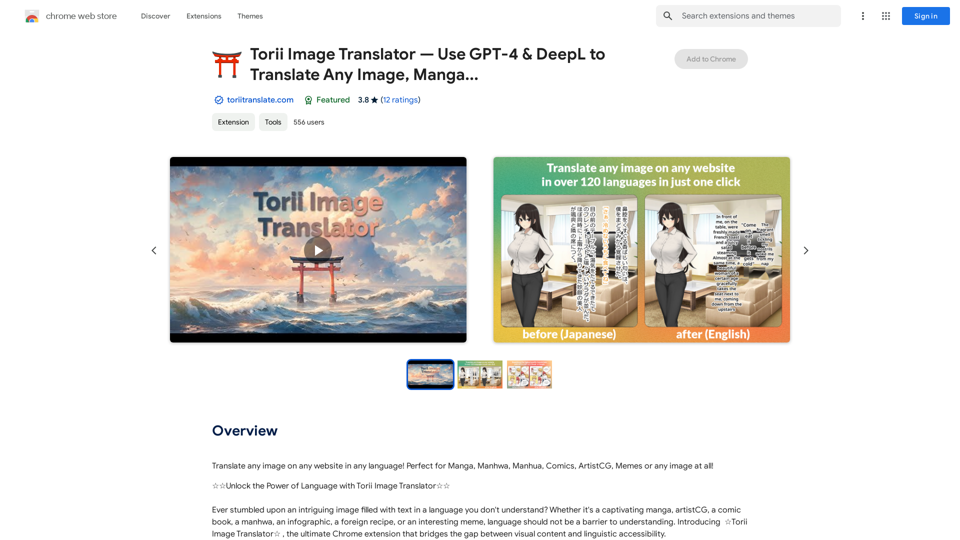
Torii Image Translator — Use GPT-4 & DeepL to Translate Any Image, Manga...
Torii Image Translator — Use GPT-4 & DeepL to Translate Any Image, Manga...Translate any image on any website into any language! Perfect for Manga, Manhwa, Manhua, Comics, ArtistCG, Memes, or any image at all!
193.90 M
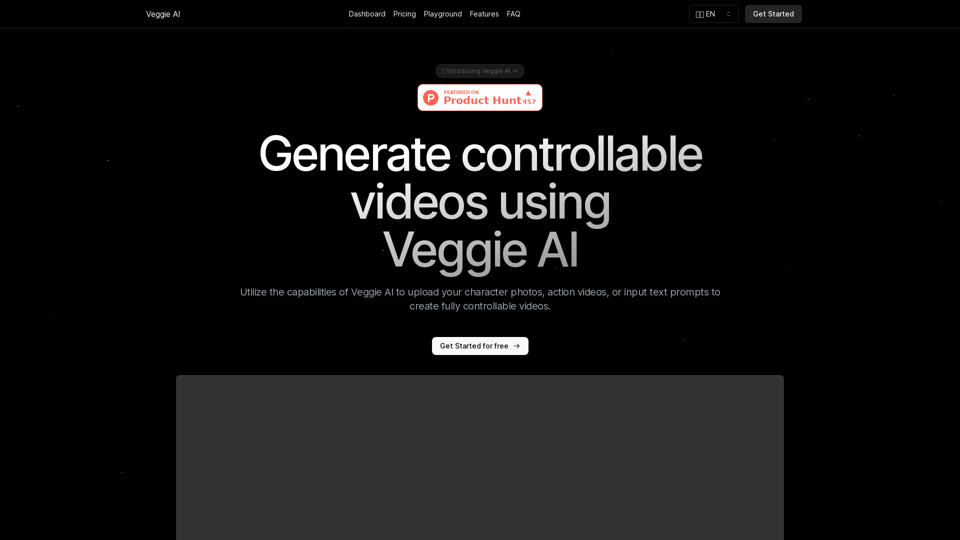
Create fully controllable videos using Veggie AI by simply uploading your character photos, action videos, or inputting text prompts.
7.03 K
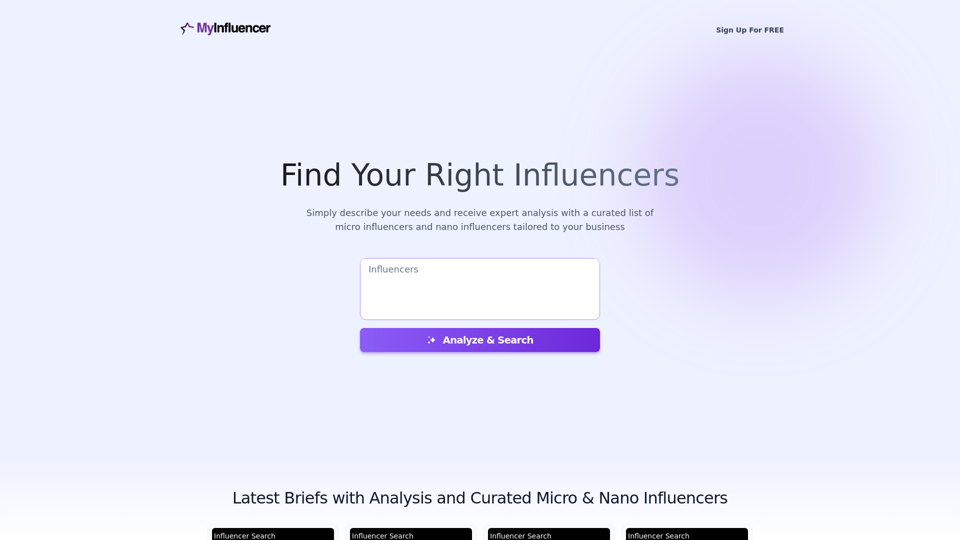
Free Instant Influencer Search Tool - Find the Best Match for Your Influencer
Free Instant Influencer Search Tool - Find the Best Match for Your InfluencerReceive instant research and discover the most relevant influencers with our AI-driven platform. Find YouTube influencers. Find the best fit TikTok & Instagram influencers.
0
